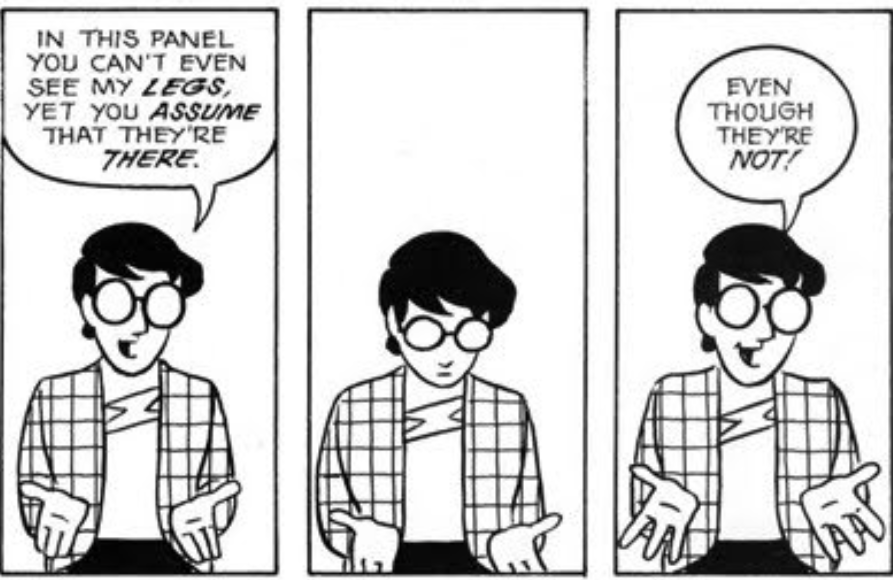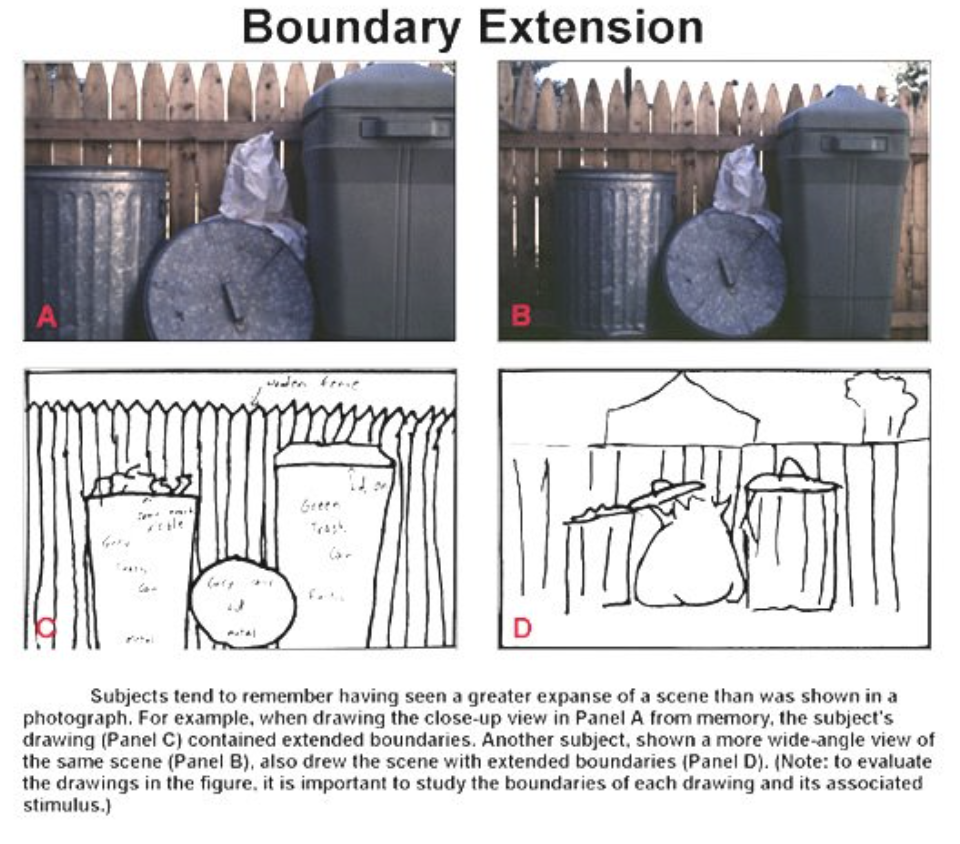Ch 8 - Memory Accuracy
Memory is best for periods of transition in life
Reminiscence Bump
Reminiscence bump: enhanced memory for adolescence and young adulthood
Explanations of the reminiscence bump
Self-image hypothesis: major aspects of the self-image are formed during this period
Cognitive hypothesis: periods of rapid change that are followed by relative stability lead to enhanced memory (settle into groove, fewer changes)
Cultural life script hypothesis: important culturally expected events tend to occur during this period
Flashbulb Memory
Flashbulb memory: vivid recollection of emotionally significant event
Not necessarily more accurate than other memories
Repeated recall: having the participant recall the event on multiple occasions
Studies using repeated recall demonstrate that memories, including flashbulb memories, change over time
Narrative rehearsal hypothesis: flashbulb memories may be more vivid because we recall them so many times
Constructivist Approach
Constructivist approach: we are constantly constructing memory, rather than recalling an earlier recording
Source misattribution: when an individual forgets where they heard something
Source monitoring: trying to identify the source of a memory
Reality monitoring: trying to determine if a remembered event really occurred or was imagined
Cryptomnesia: unconscious plagiarism
Schema: generalized, well-integrated knowledge about something
Stereotypes: beliefs about the attributes of a group of people
Memories may be inaccurately recalled in a way that is more consistent with stereotypes (Ex: “Pat was at the shooting range” may lead to a memory of a male, even if we are told Pat is a female)
People may falsely recall that they saw things that are schema-consistent (books in the office)
Script: simple, well-structured series of events in a specified order
(Ex: Going out to eat follows the script of…
seated by hostess
drink orders
appetizers
main course
dessert
bill)
Memories may include false, but script-consistent, details
not the same
Memory integration: each person’s set of schemas are different, depending on unique experiences, and this leads individuals to interpret ambiguous information differently
Schemas, stereotypes, and scripts are more likely to affect memory
After a delay
When we are distracted
When the original information was ambiguous
Repeated reproduction: participants try to remember a story at longer and longer intervals
Research indicates that people misremember and add details
Abstraction: storing the meaning of a message, rather than verbatim: the exact words
Pragmatic inference: when reading a sentence leads the reader to expect or remember something that is not explicitly stated
Ex: “The newborn stayed awake all night” leads people to remember that the newborn was crying
Boundary extension: our tendency to remember having viewed a greater portion of a scene than we actually saw


Consistency bias: we tend to exaggerate the consistency between our past feelings and beliefs and our current viewpoint
Eyewitness testimony
Has major consequences
Is often inaccurate, even when the witness if very confident
Is susceptible to social pressure
The older the memory is, the less accurate it tends to be
Post-event misinformation effect: misleading information given after the fact can alter memories
May be caused by retroactive interference or source missatribution
Weapon focus: the presence of a weapon decreases memory for other details in a situation
Recovered-memory perspective: people repress memories, which may later be recovered
False-memory perspective: most “recovered” memories are actually false memories of events that did not actually occur, which are formed as the result of suggestion, social pressure, or therapy that uses hypnosis or other techniques known to cause false memories
Bystanders may be misidentified as perpetrators of a crime because they look familiar to eyewitnesses
Post-identification feedback effect: if people are told they picked the suspect out of a line up, they become much more confident in their memory of the individual
Recommendations about lineups
Inform the witness that the perpetrator may not be in the line-up
Use fillers that are similar to the suspect
Present individuals in sequence rather than simultaneously
The person administering the lineup should not know who the suspect is
Cognitive interview: letting the witness talk with a minimum of interruption, minimizing suggestions
The presentation of altered photographs, video, or audio can implant false memories
Own-ethnicity bias: people are usually more accurate at identifying members of their own ethnic group than other ethnic groups
People are not very good at recognizing faces they have only been exposed to a few times
The eyewitness testimony of young children is especially unreliable